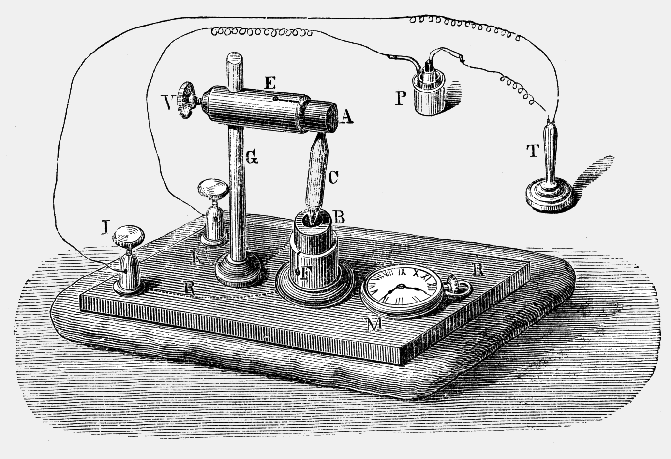This is the home page of the Time Machine for Linux. It is an experimental
kernel patch that let users create their own Time Machines.
What is a Time Machine? ... it is a little artifact that offers the
possibility to run processes on a different date or time than the current one,
without having to change the global system date/time.
This project consist of two related parts: the kernel patch and the user
command. That is, the Time Machine for Linux (AKA tml) and the
Time Machine Manager (AKA tmm).
Some features of Time Machines (TMs) are:
- Every TM can have attached one or more processes. All processes
attached to it will see the same date and time.
-
TMs can be shared between users/groups, in the same way files can be
shared or accessed (default access mode is 0x754).
-
Any process can be attached or detached dynamically to a TM, if the
user has the right permissions to do it.
-
TMs are inherited. That is, a process forked from a process attached
to a TM will be created attached to that TM.
-
Users can create several TMs, as many as the number of processes
they can create, but no more.
-
The date command can be used to set the date or time of a TM.
-
Imperceptible performance degradation (if any).
-
Released under the terms of the
GNU Public License.
Finally, here you have a practical scheme of the Time Machine
implementation. Read carefully instructions below to understand what the
hell are these little artifacts of Figure 1.
Linux is the base of the Time Machine implementation, represented (on
figure 1) by that stable, solid base. The shaded area represents the kernel
space.
J and K are two different instances of Time Machines.
The first one, J, is attached to process T which, in turn,
is the parent process of process P. That process, P, is
attached to the second instance of TM, K. For more clarity, follow
the pointers on the figure.
G, V, E and A are kernel functions with little
changes in order to allow process access their TMs. To be precise,
these changes correspond to files time.c, sched.h,
fork.c and exit.c (see
diffstat above).
M is the main system time, which is not altered by the existence of as
many Time Machines as you like.
C and B are internal routines of the main tml
implementation, while F is the entry point of ioctl calls
(note that TMs are connected to F through the device driver,
represented by R).
In case of doubt, don't hesitate to look at the source code of the
implementation.

Figure 1 Time Machine Implementation Scheme.
